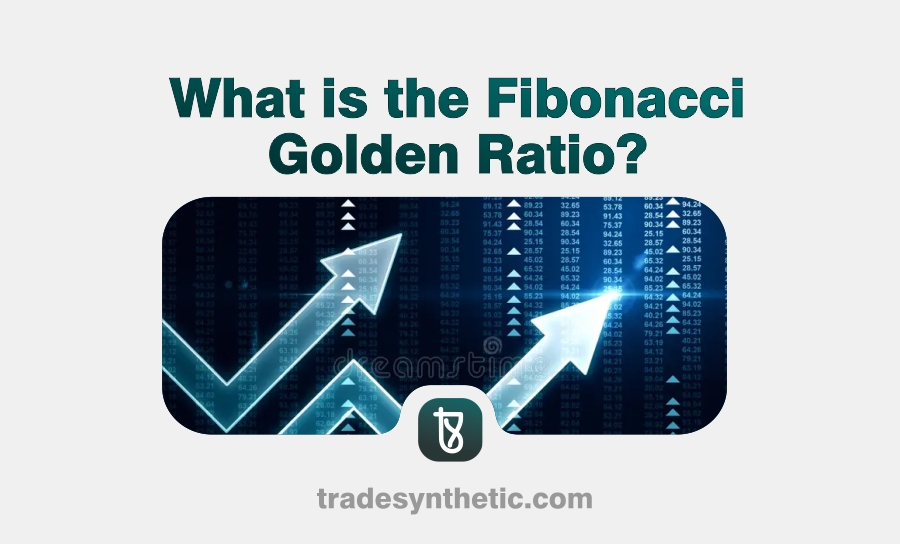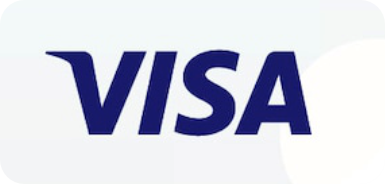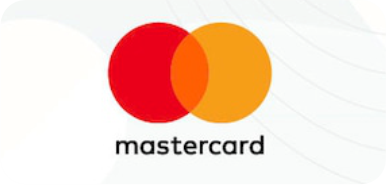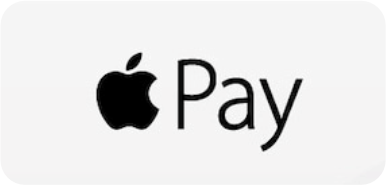Have you ever wondered how professional traders seem to know the perfect time to buy and sell? The Fibonacci Golden Ratio is the secret behind many of their successful trades. This powerful tool helps predict where the market might move next using a special number—1.618—also known as the Fibonacci Golden Ratio.
This number comes from a simple sequence where each number is the sum of the two before it. Over time, traders have discovered that this pattern does not appear in nature and art, it also shows up in the financial markets, helping them analyze price movements, and spot reversals, and make better decisions.
Peradventure you’re trading stocks, forex, or cryptocurrency, Fibonacci levels will guide you in understanding market trends, identifying entry and exit points, and making smarter moves. Keep reading to discover how this incredible tool can transform your trading strategy!
The Origin of Fibonacci Golden Ratio
The Fibonacci sequence begins with 0 and 1, followed by numbers generated by summing the two preceding numbers: 0, 1, 1, 2, 3, 5, 8, 13, 21, and so on. As the sequence progresses, the ratio of consecutive Fibonacci numbers approaches 1.618, known as the Golden Ratio or Phi (φ).
In trading, Fibonacci ratios such as 23.6%, 38.2%, 50%, 61.8%, and 78.6% are used as key levels to determine price retracements and extensions. These levels help traders anticipate market movements and make strategic trade entries and exits.
Fibonacci Golden Ratio in Nature and Art
Fibonacci Golden Ratio has very much application in Nature as well as Art and Architecture.
Nature
The Fibonacci Golden Ratio appears everywhere in nature, helping plants grow efficiently and shaping the beauty of living things. Many flowers have petals in Fibonacci numbers, pinecones and pineapples form spirals that follow the sequence, and even human body proportions align with this special ratio.
Art and Architecture
Artists and architects have also used the Golden Ratio for centuries to create visually appealing designs. The Parthenon in Greece follows its proportions, Leonardo da Vinci used it in Mona Lisa and Vitruvian Man, and modern buildings like the Sydney Opera House incorporate it for balance and harmony.
How Fibonacci Golden Ratio is Used in Trading
Fibonacci Golden Ratio is also used in trading in the following ways:
1. Fibonacci Retracement Levels
Fibonacci retracement levels are horizontal lines drawn on a price chart to indicate potential support and resistance levels. These levels help traders identify where a market pullback might end before resuming its trend. To Apply Fibonacci Retracements, you have to:
- Identify a strong price movement (either upward or downward).
- Use a Fibonacci retracement tool to connect the high and low points of that movement.
- The key Fibonacci levels (23.6%, 38.2%, 50%, 61.8%, 78.6%) appear on the chart as potential reversal zones.
For example, if a stock price rises from $100 to $200 and then retraces, traders watch for support at the Fibonacci levels to re-enter long positions.
2. Fibonacci Extensions for Profit Targets
While retracements help traders identify pullback levels, Fibonacci extensions predict future price movements beyond the current range. The most commonly used extension levels are 127.2%, 161.8%, and 261.8%.
In order for you to Use Fibonacci Extensions effectively, you should do these:
- Identify a completed retracement.
- Apply the Fibonacci extension tool from the start of the trend to its high and back to its retracement low.
- Use the extension levels as potential profit targets for trades.
For instance, in forex trading, if EUR/USD moves from 1.1000 to 1.1500, retraces to 1.1250, and resumes its upward move, traders use the 161.8% extension level as a potential target.
3. Fibonacci in Trend Trading
The Fibonacci Golden Ratio helps traders confirm trends and time their entries. In an uptrend, traders look for price retracements to Fibonacci levels before entering a long position. In a downtrend, traders wait for pullbacks to short the market. Some Key Steps in Trend Trading with Fibonacci include:
- Identify the dominant trend (bullish or bearish).
- Use Fibonacci retracement levels to find optimal entry points.
- Set stop-loss orders slightly beyond the Fibonacci level to manage risk.
- Use Fibonacci extensions to define exit points.
4. Fibonacci Time Zones for Market Timing
Fibonacci time zones are vertical lines plotted at Fibonacci intervals (1, 2, 3, 5, 8, 13, etc.) to forecast potential changes in market direction. Traders use them to anticipate when price reversals might occur.
For example, if a major price movement occurs, the next key turning point might align with a Fibonacci time zone, signaling an upcoming trend shift.
Practical Examples of Fibonacci Trading Strategies
Fibonacci Trading has a lot of real-life applications which includes:
1. Stock Market Application
A trader analyzing Apple Inc. (AAPL) observes that after a strong rally from $120 to $150, the stock retraces to $135. The 61.8% Fibonacci retracement level aligns with this price, indicating a potential bounce. The trader enters a long position at $135 with a target at the 161.8% extension level.
2. Forex Trading Example
In the forex market, a trader notices that the GBP/USD currency pair has declined sharply and begins to retrace. Using Fibonacci retracement, they find that the 50% level aligns with a strong historical support zone. They enter a buy trade, expecting the pair to resume its upward movement.
3. Cryptocurrency Trading Example
Bitcoin (BTC) experiences a rally from $30,000 to $50,000, then drops to $42,000. A Fibonacci retracement analysis shows that the 38.2% level is near this point, suggesting a possible continuation of the bullish trend. Traders use this level as an opportunity to enter new positions.
Benefits and Limitations of Fibonacci Trading
Benefits
- Predicts Market Reversals: Fibonacci levels help traders identify turning points in the market.
- Works Across Multiple Markets: Stocks, forex, commodities, and cryptocurrencies all exhibit Fibonacci patterns.
- Enhances Risk Management: Helps traders place stop-loss orders at strategic levels.
- Combines Well with Other Indicators: Used alongside moving averages, RSI, and candlestick patterns for confirmation.
Limitations
- Not Always Accurate: Fibonacci levels are not foolproof; price can break through them unpredictably.
- Subjectivity in Choosing Points: Different traders may select different high and low points, leading to varying results.
- Requires Experience: Beginners may struggle to apply Fibonacci correctly without practice.
Conclusion
In conclusion, the Fibonacci Golden Ratio is an essential tool for traders seeking to enhance their market analysis. By understanding Fibonacci retracement and extension levels, you can identify high-probability trade setups, manage risk, and improve your trading performance. However, it’s crucial to combine Fibonacci with other technical indicators and sound risk management strategies for the best results.
If you’re new to Fibonacci trading, start by practicing with historical price data and demo accounts before applying it in live markets. With time and experience, Fibonacci can become one of the most powerful tools in your trading arsenal.
Frequently Asked Questions
What is the Fibonacci Golden Ratio in trading?
- The Fibonacci Golden Ratio (1.618) is used in trading to identify key support and resistance levels, trend continuation points, and price targets.
How do traders use Fibonacci retracements?
- Traders use Fibonacci retracements to find potential reversal points during a market pullback. Common levels include 23.6%, 38.2%, 50%, and 61.8%.
What is the difference between Fibonacci retracement and extension?
- Retracements measure pullbacks within a trend, while extensions forecast price targets beyond the previous high or low.
Can Fibonacci trading be used for day trading?
- Yes, Fibonacci levels are effective in day trading, helping traders identify intraday support and resistance levels for short-term trades.
Why is the Fibonacci Golden Ratio important?
- It is important because it appears in natural structures, human proportions, and aesthetic designs, making it a key concept in various fields.
Is Fibonacci trading 100% accurate?
- No, Fibonacci trading is not foolproof. It should be used alongside other technical analysis tools to improve accuracy and effectiveness.










